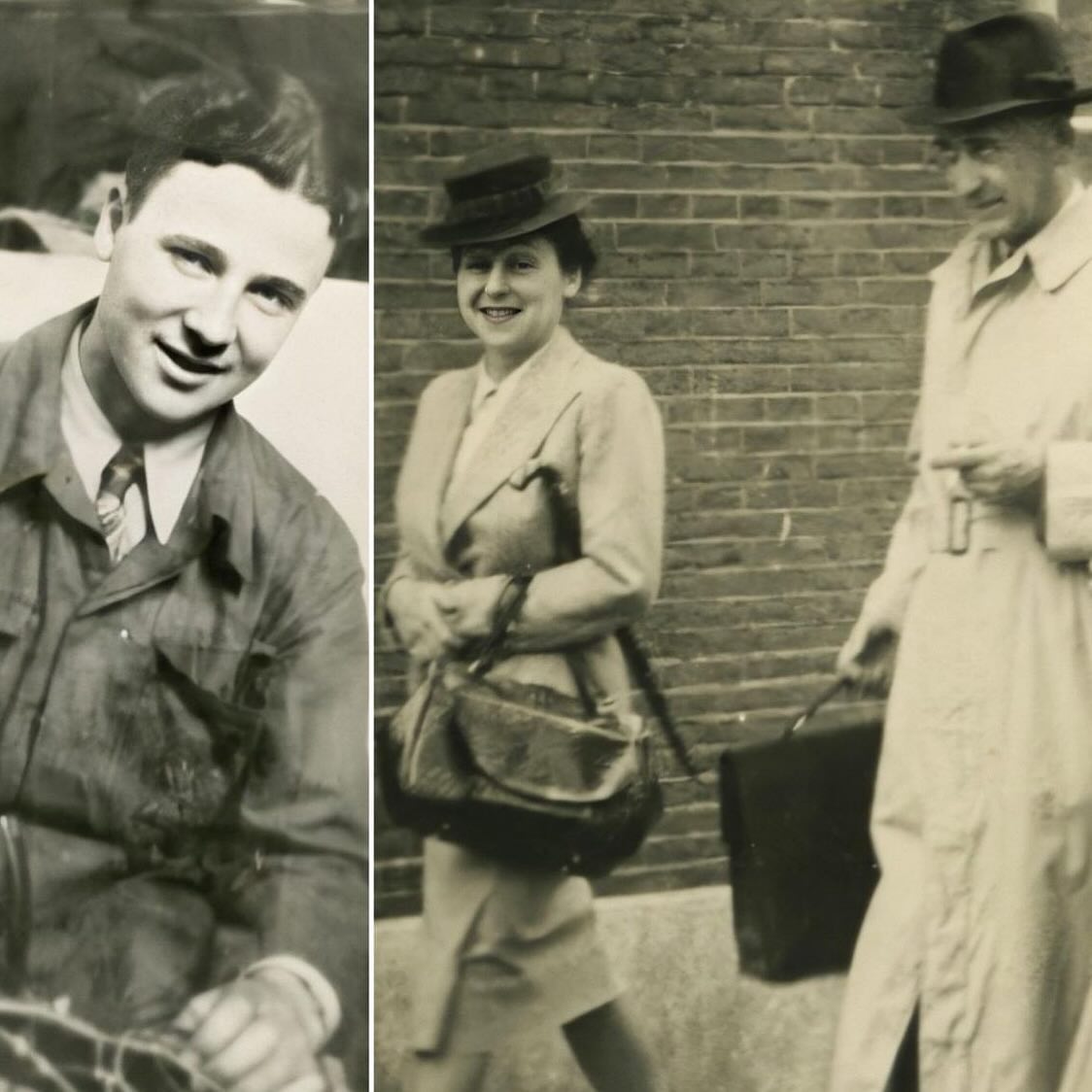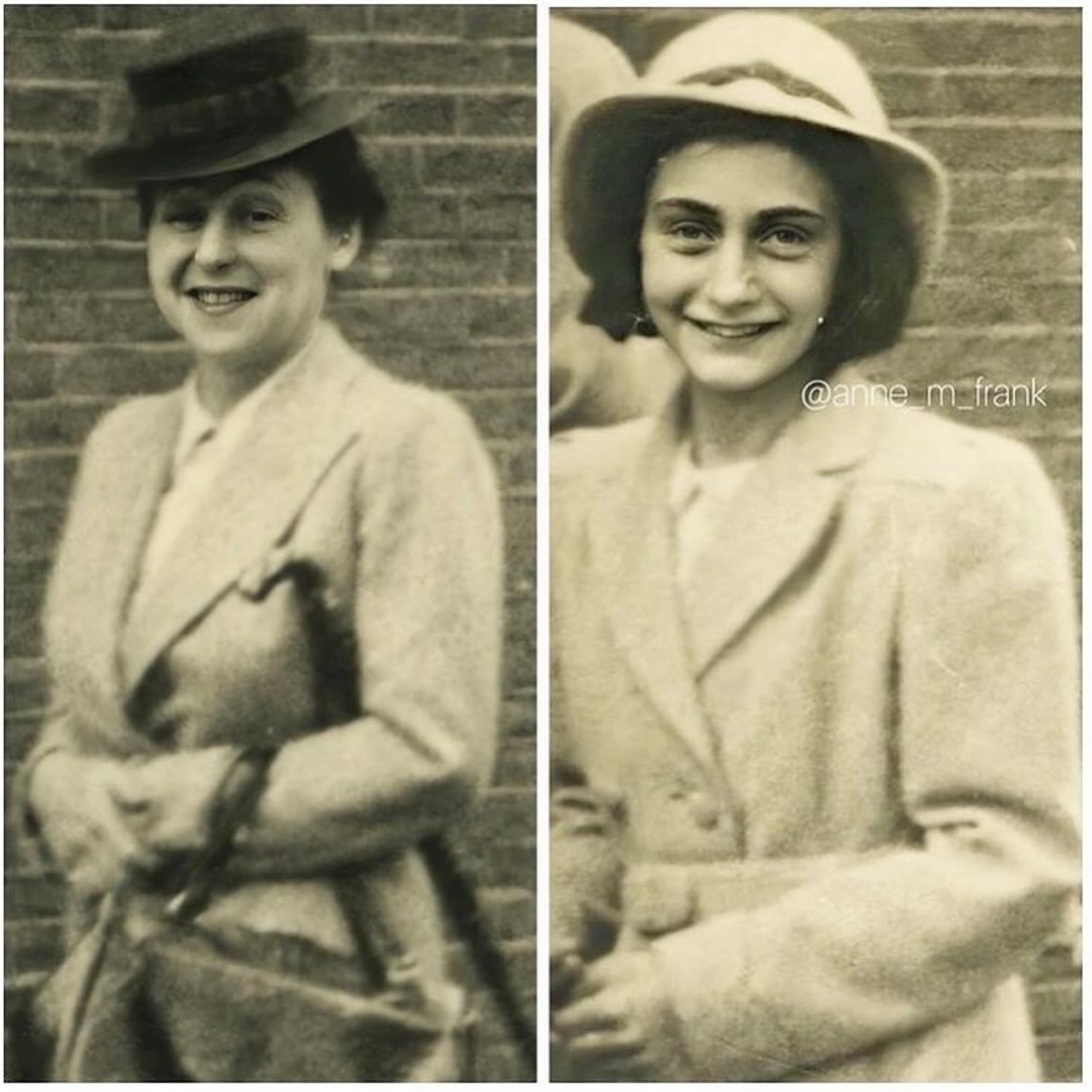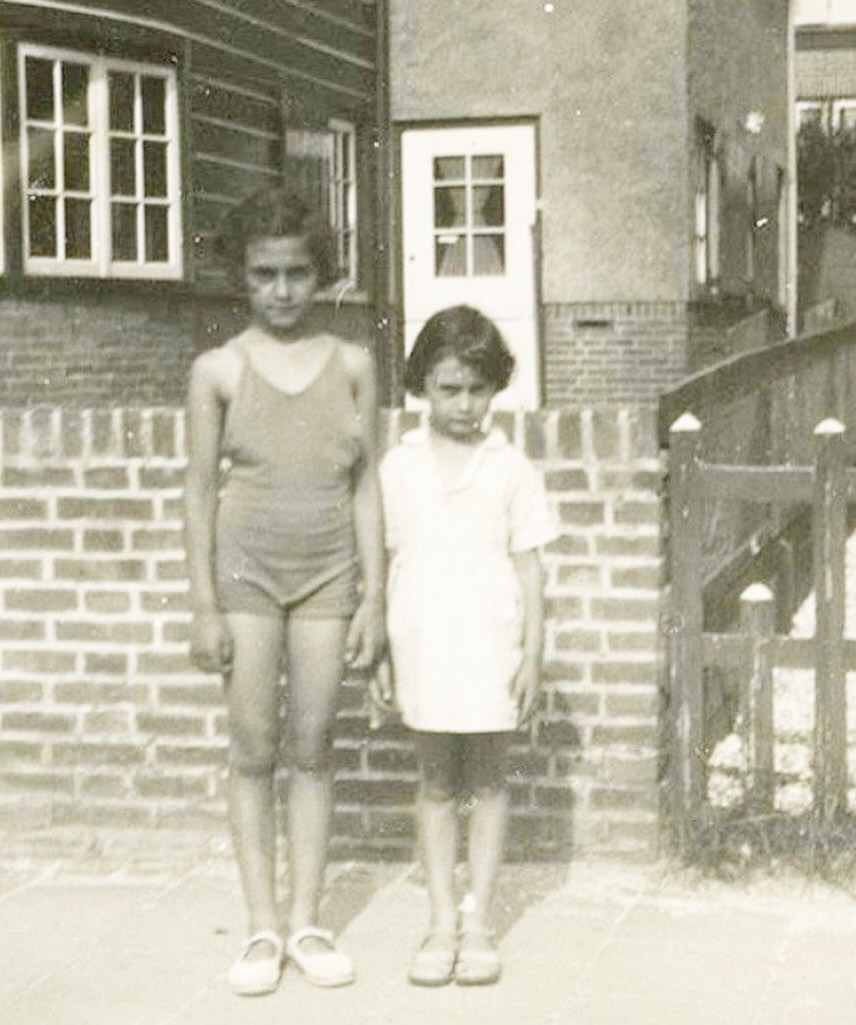A New Family
On July 13, 1942, the small, hidden space of the Secret Annex in Amsterdam grew a little more crowded. The van Pels family arrived, joining the Franks in hiding. Anne Frank, ever the sharp observer, chronicled their arrival in her diary on August 14, providing a candid and often humorous account of their first days together.

She noted the arrival of Peter, the son, a “shy, gawky youth” who, she confessed, she didn’t expect much from. She also noted the amusing belongings they brought, like the “large pottie in her hat box” carried by his mother, Auguste, and a folding tea table carried by his father, Hermann. These small, mundane details offer a glimpse into the bizarre reality of their new lives.
Despite the initial awkwardness, the families quickly found a way to coexist. Anne wrote that from the day they arrived, “we all had meals cozily together and after three days it was just as if we 7 were one large family.” This is a powerful testament to the human capacity for adaptation and connection.

The arrival of the van Pels family was not just a logistical change; it was a fundamental shift in the social dynamic of the Annex. It created a microcosm of society, filled with its own unique set of conflicts and friendships. But for a few brief months, the eight people in the Secret Annex—seven humans and one cat named Mouschi—formed a fragile, loving, and complicated family.
